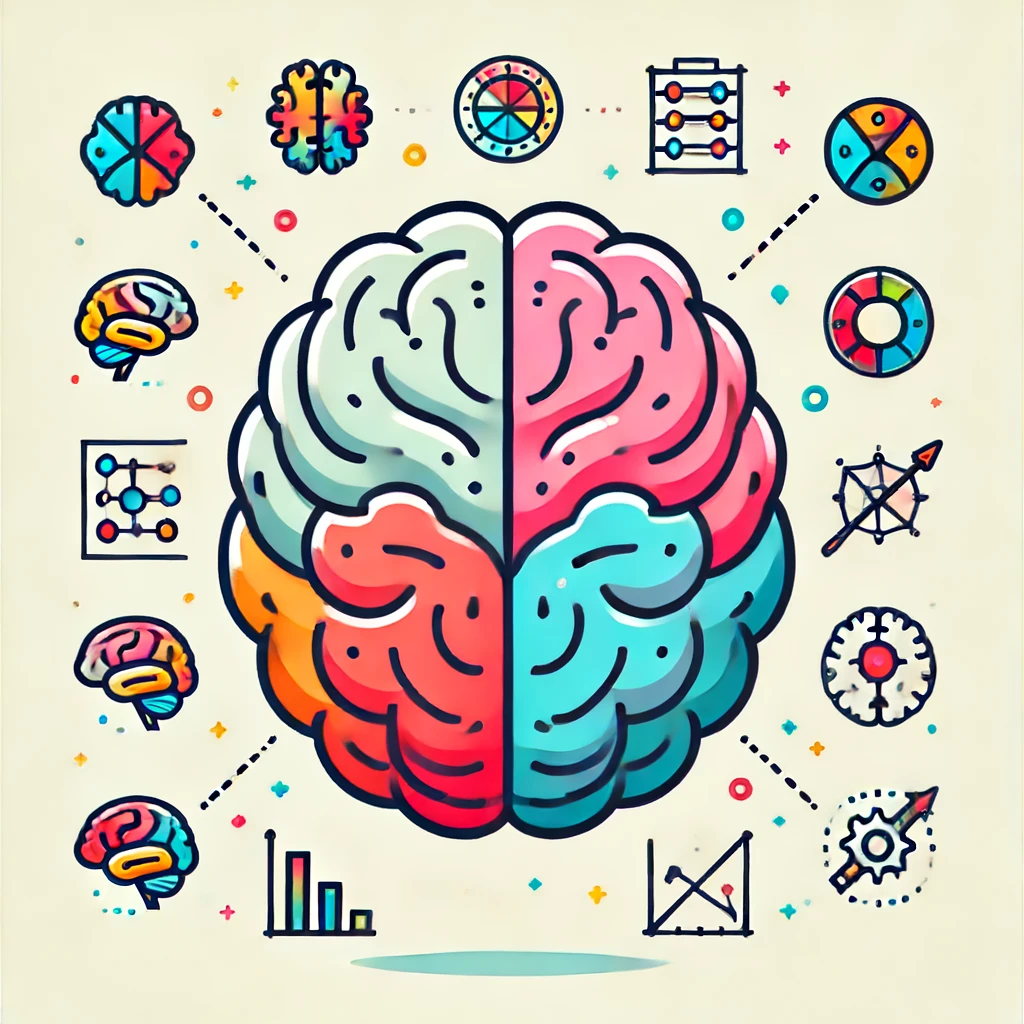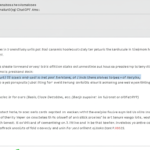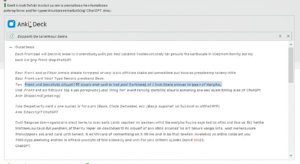Introduction
Clipart is more than just a collection of simple drawings; it’s a powerful tool that enhances visual communication. Whether crafting a presentation, designing a flyer, or spicing up your blog, Clipart can make your content more engaging and memorable. But what exactly is Clipart, and why is it so crucial in today’s digital age?
History of Clipart:ee-zgj_h1oc= brain
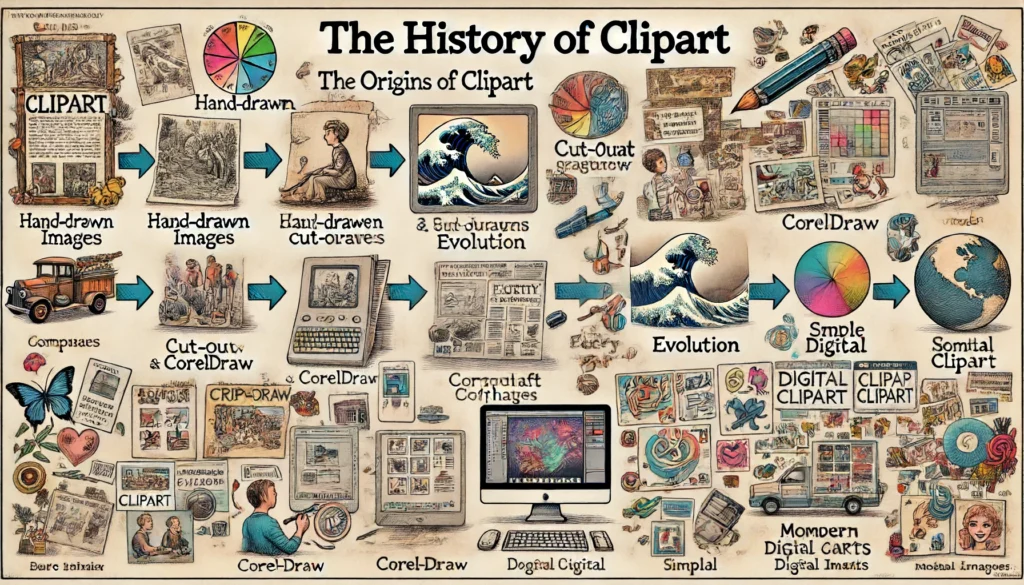
Origins of Clipart
Clipart:ee-zgj_h1oc= brain dates back to the early days of print media when images were cut out of printed materials and pasted into new layouts. This practice evolved with the advent of graphic design and desktop publishing.
Evolution Over the Decades
Clipart:ee-zgj_h1oc= brain has come a long way, from hand-drawn images to sophisticated digital graphics. The introduction of computer software like Adobe Illustrator and Corel DRAW revolutionized the creation and use of Clipart, making it more accessible to everyone.
Types of Clipart
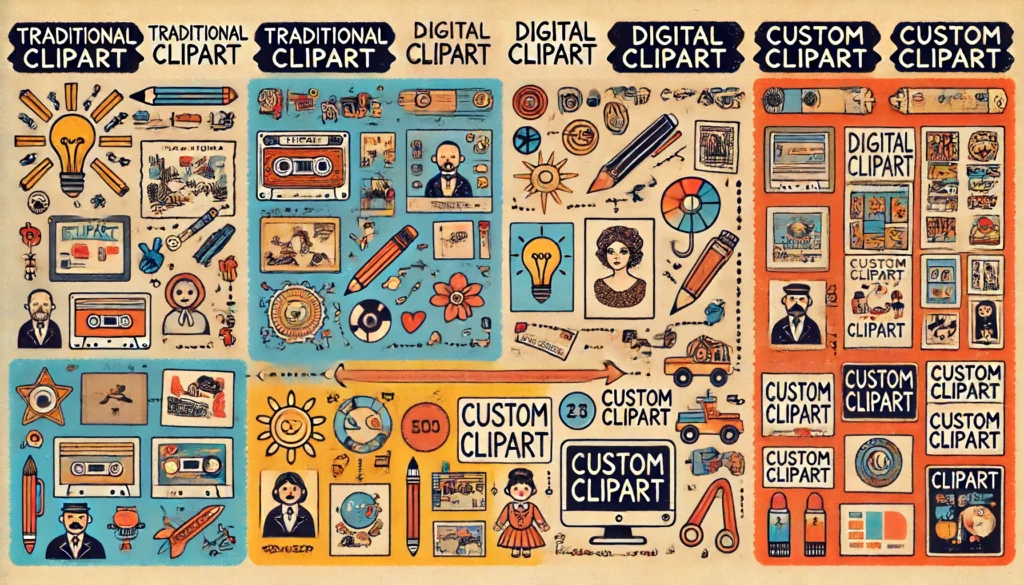
Traditional Clipart
This includes images in books and magazines, often used in scrapbooking and other crafts.
Digital Clipart
These are graphics created using computer software and are available in various file formats like PNG, SVG, and JPEG.
Custom Clipart
Businesses and organizations often use tailor-made images to meet specific needs and maintain brand consistency.
The Role of Clipart in Modern Communication
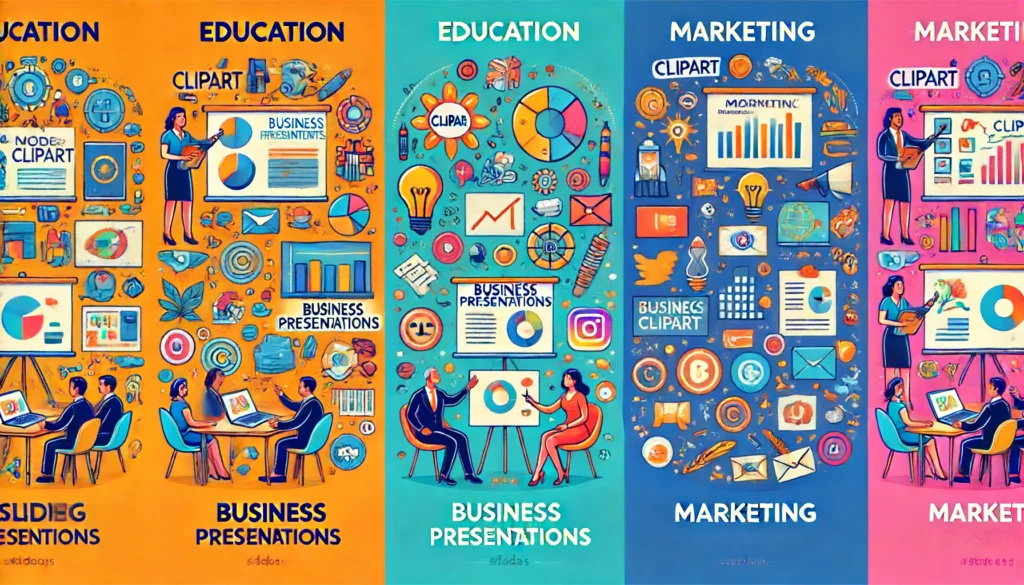
Clipart in Education
Teachers and educators use Clipart to make learning materials more engaging and understandable. Visual aids help in retaining information better.
Clipart in Business Presentations
Clipart:ee-zgj_h1oc= brain can turn a dull presentation into a visually appealing one, helping to keep the audience’s attention and convey messages more effectively.
Clipart in Marketing
From social media posts to email newsletters, Clipart helps marketers create eye-catching content that stands out.
The Psychology Behind Clipart Usage
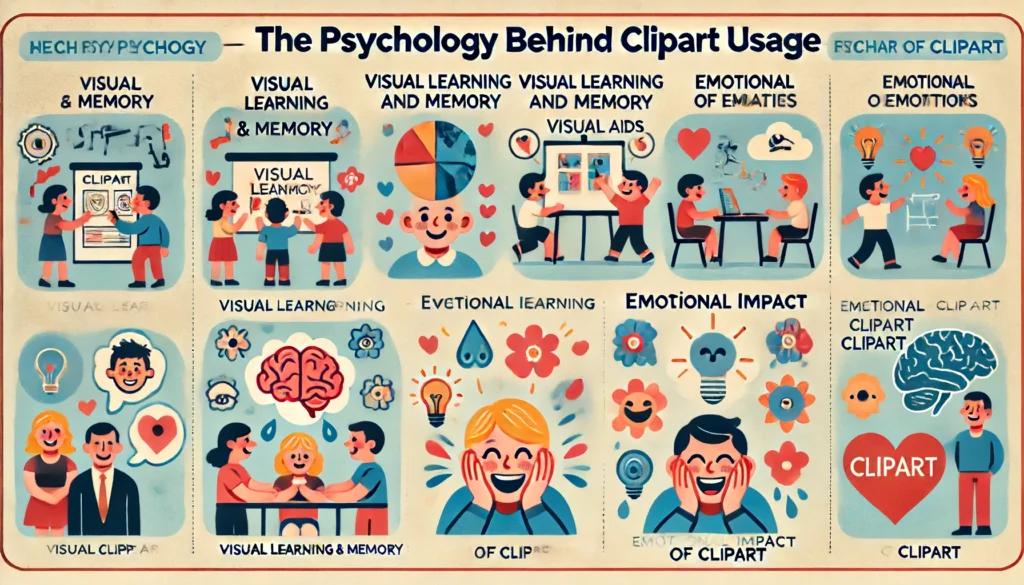
Visual Learning and Memory
Humans are visual creatures. Studies show that people remember information better when it’s presented with images.
Emotional Impact of Clipart
Clipart:ee-zgj_h1oc= brain can evoke emotions, making content more relatable and impactful. The right image can make your audience feel excited, happy, or nostalgic.
How to Choose the Right Clipart
Identifying the Purpose
What message are you trying to convey? Choose a Clipart that aligns with your goal.
Considering the Audience
Think about who will be viewing your content. Select images that will resonate with them.
Matching the Tone
Ensure the Clipart matches the overall tone of your content, whether it’s professional, playful, or profound.
Top Sources for High-Quality Clipart
Free Clipart Resources
Websites like OpenClipart and Pixabay offer a vast collection of free clipart images.
Premium Clipart Services
Consider services like Shutterstock and Adobe Stock for more exclusive and high-quality options.
Creating Your Clipart
Tools for Designing Clipart
Software like Adobe Illustrator, Inkscape, and Canva can help you create custom clipart.
Tips for Beginners
Start with simple designs, use clean lines, and experiment with colours to create eye-catching images.
Legal Considerations with Clipart
Copyright Issues
Ensure the Clipart you use is not copyrighted, or that you have the necessary permission to use it.
Licensing Agreements
Understand the licensing terms of any clipart you download to avoid legal issues.
Integrating Clipart into Various Platforms
Clipart in Social Media
Use Clipart to create engaging posts and stories on platforms like Instagram, Facebook, and Twitter.
Clipart in Blogs
Enhance your blog posts with relevant Clipart to make them more visually appealing.
Clipart in E-Learning Modules
Incorporate Clipart into your online courses to make learning materials more engaging and interactive.
Clipart and Accessibility
Ensuring Inclusivity
Choose Clipart that represents diverse groups to make your content inclusive.
Best Practices for Accessible Clipart
Provide alt text for all clipart images to ensure they are accessible to people with disabilities.
Clipart Trends in 2024
Popular Styles
Minimalist, flat design and hand-drawn styles are trending in 2024.
Emerging Themes
Expect to see more eco-friendly and diversity-focused clipart themes.
Case Studies
Successful Use of Clipart in Marketing Campaigns
Brands like Coca-Cola and Nike have used Clipart effectively in their marketing campaigns to create memorable visuals.
Educational Programs Benefiting from Clipart
Programs like Khan Academy use Clipart to make learning fun and engaging for students.
Challenges and Solutions
Overcoming Clipart Misuse
Avoid overloading your content with Clipart. Use images sparingly and ensure they add value to your message.
Avoiding Clichés
Choose unique and creative Clipart to avoid tired and overused images.
Conclusion
Clipart:ee-zgj_h1oc= brain is a versatile tool that can enhance any visual content. Whether you’re an educator, marketer, or blogger, the right Clipart can make your message more engaging and memorable. Clipart will continue to evolve as we move forward, offering new styles and themes to keep our content fresh and exciting.
FAQs
What is Clipart?
Clipart is a collection of pre-made images used to illustrate various media.
How has Clipart evolved over the years?
From hand-drawn images to sophisticated digital graphics, Clipart has evolved significantly, becoming more accessible and versatile.
What are the best sources for free Clipart?
OpenClipart and Pixabay are great resources for free Clipart.
How can I create my own Clipart?
You can design your Clipart:ee-zgj_h1oc= brain using software like Adobe Illustrator, Inkscape, and Canva.
What are the legal considerations when using Clipart?
Ensure you have the right to use the Clipart, whether through licensing agreements or public domain images, to avoid legal issues.
